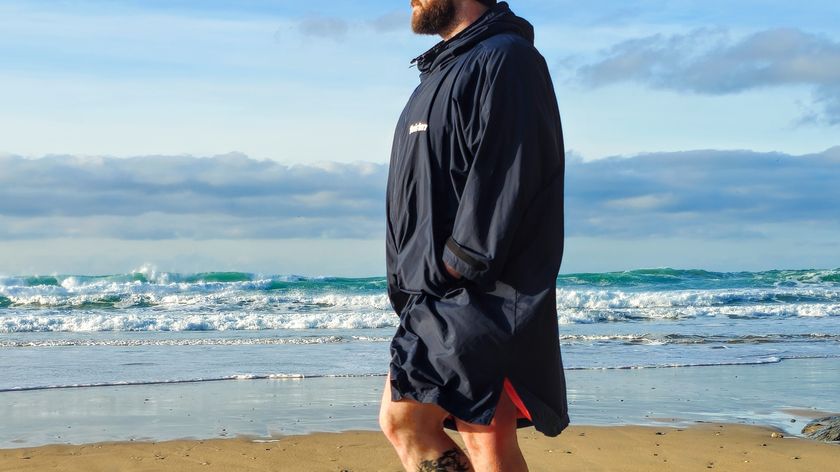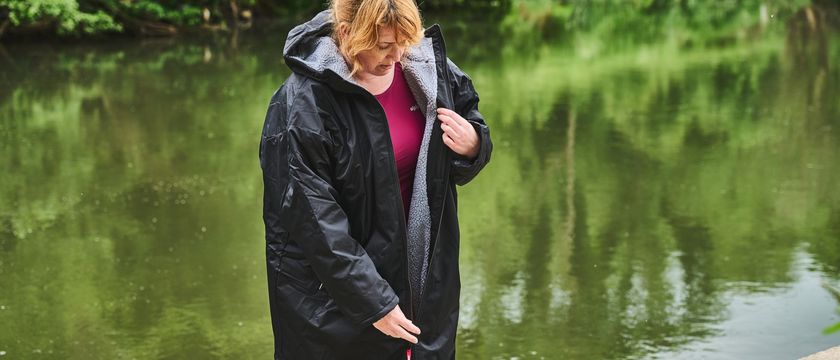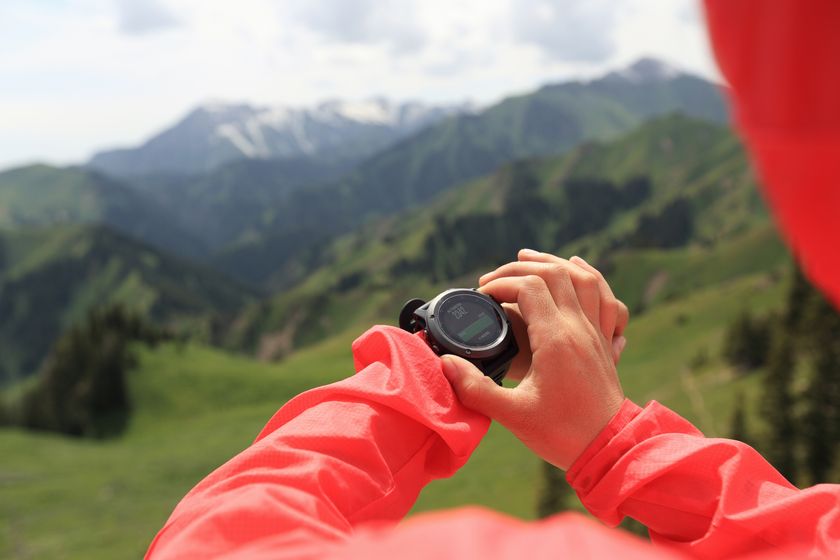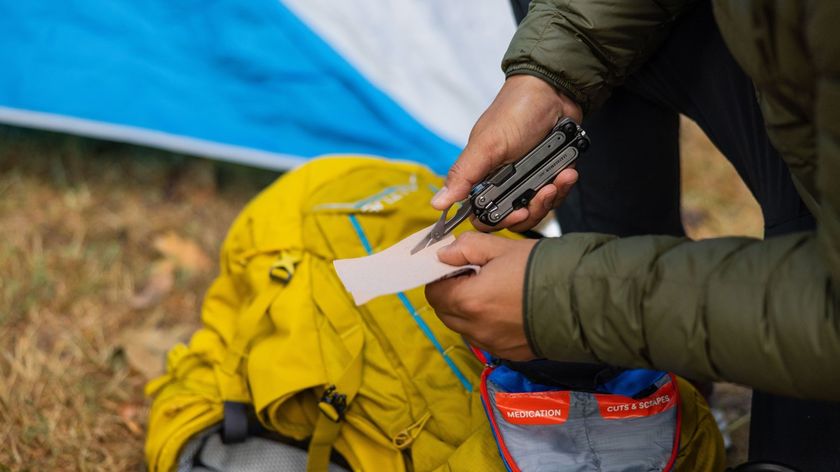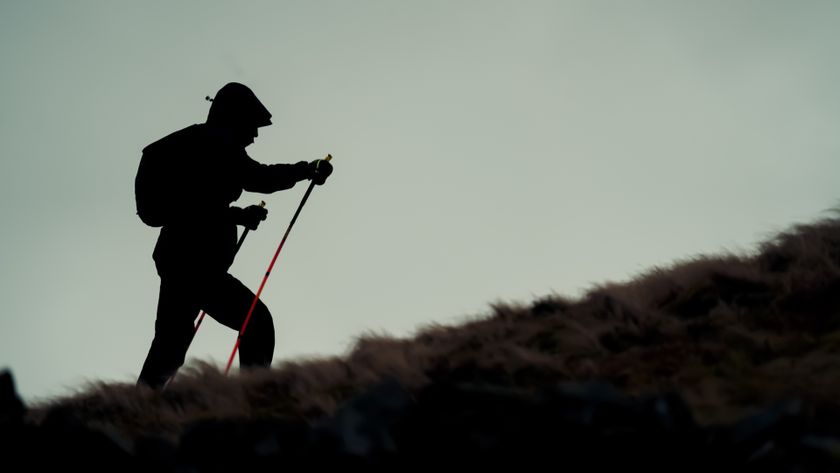Fish bubbles – what to look for and what they really mean
Dr Ian Welch explains what those bubbles really are that appear when you're out fishing.
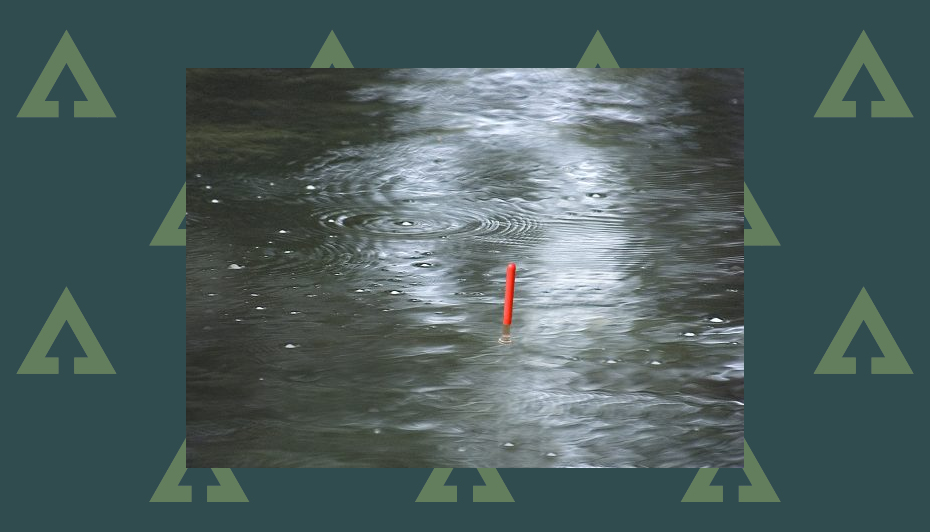
Welcome to Advnture, the new home of AnglersMail.co.uk
Fish bubbles get anglers excited but it is pertinent to look firstly at how bubbles are formed.
Many of them are not caused by fish at all, but by natural underwater processes.
Step one is, therefore, not how to identify what species may have caused them, but to determine if fish are responsible at all!
Trapped gases of fish bubbles?
Pockets of gas form naturally in the substrate of all waters.
These result from bacterial breakdown of organic matter, and any disturbance of the substrate, be that by fish, wildfowl or water movement, cause it to be expelled and bubble up to the surface.
The steady accumulation of gas trapped in the substrate releases naturally, too, without any form of disturbance, often making the angler think a fish is responsible when it’s not.
Advnture Newsletter
All the latest inspiration, tips and guides to help you plan your next Advnture!
Bubbling is certainly more prevalent in areas of organic matter, such as silt, where bacterial activity is at its greatest, but it is common over hard gravel substrates, too.
The nature of the gas released varies depending upon the nature of the substrate, particularly whether the breakdown is aerobic or anaerobic.
It varies from oxygen to methane and to the noxious, rotten-egg-smelling hydrogen sulphide.
But to watching anglers, the chemistry is largely irrelevant, it is simply the act of bubbling that suggests a fish is present.
In addition to bacterial generation of gases within the substrate, bubbles are also formed by the feeding and regulatory processes of the fish themselves.
Release of bubbles through the gills is part of the sorting process, whereby fish separate food from non-food items, and depth regulation mechanisms often require fish to release gas from their swim bladder as they rise in the water.
Differentiating between those bubbles created by fish and those arising from natural means is part of the learning process.
Watercraft comes with experience, and the more you study the water the better you get, but there are some clues to help you on the way.
Pinpointing fish bubbles
Bubbles produced by the physical feeding process and depth regulation tend to be relatively large and short lived, that is they ‘pop’ shortly after breaking surface.
In the case of larger feeding fish, two lines of bubbles may sometimes be observed, one emanating from each gill, although it’s not always evident.
Smaller, more persistent bubbles, often producing a thin foam, tend to be caused by fish feeding over silt, and are often interspersed by occasional, larger bubbles, resulting from physical expulsion from the gills amidst the release of the gases trapped in the silt.
The key to differentiating feeding fish bubbles is that they ‘move’ as the fish moves across the substrate. Naturally released gas bubbles tend to be static, often emanating from a single source, where an area of silt has become ruptured.
You can, at times, observe huge ‘sheets’ of fish bubbles rising to the surface, often covering a large area.
These are usually caused by a fish rolling on the lake or river bed, and it is typical carp or catfish behaviour, where the length and bulk of a big fish burrowing through or rolling on silt disturbs large areas of trapped gas.
Which species gave those fish bubbles?
The size and nature of the fish bubbles can be related to the species of fish causing them to a certain extent.
Tench give off the textbook ‘pinprick’ bubbles, often forming a foam if several fish are active over a defined area.
Bream and crucian carp tend to produce slightly larger bubbles, but they are still relatively small and, as with tench bubbles, they tend to persist.
Carp bubbles, however, are noticeably larger, with a tendency to be shorter-lived.
Fish bubble watching is straightforward in stillwaters, canals and slow moving rivers. But in faster flowing rivers, where bubbles quickly dissipate in the current, they can be challenging to spot.
That said, barbel are great bubblers when working through fine gravel and silt, and you can sometimes pick them out.
Spotting and interpreting fish bubbles and bubbling behaviour is a key part of watercraft.
Get it right and you will not only save yourself wasting casts to ‘phantom’ fish, but also put a few more fish on the bank, too.
Running from 1964 until 2020, Angler's Mail was the UK's leading weekly magazine devoted to coarse fishing, telling readers everything they needed to know about which fish to catch, where to catch them, and what kit they needed to do it. Now, loads of the magazine's expert advice can be found on Advnture.com, as a helpful resource for angling newcomers and experts alike.

